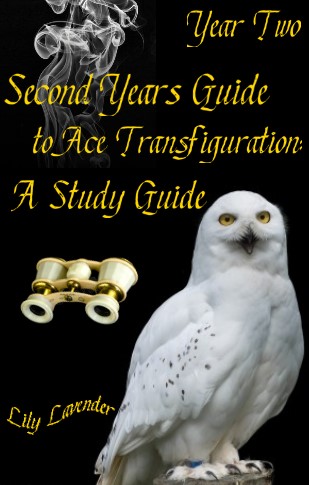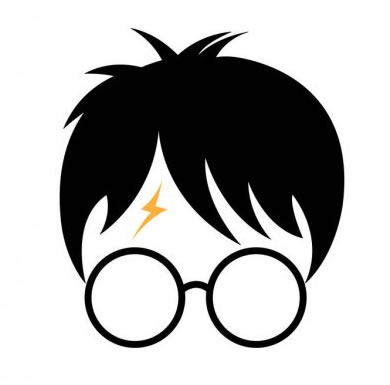Second Years Guide to Ace Transfiguration: A Study Guide
By Lily Lavender
This book is intended for all who need a quick study reference guide for TNFG-201. It has a glossary of terms & its appropriate meanings for the entire course. Each chapter is based on a lesson; where it won't go into grave detail, but will give you the necessary components to study for upcoming tests & assignments. This does not include mid-term & final exams. All detailed information about each topic is in your official lessons with the Professor. DO NOT COPY AS IT IS PLAGIARISM!
Last Updated
July 29, 2021
Chapters
10
Reads
2542
Lesson Seven Study Guide
Chapter 8
Owls & Opera Glasses
Owls usually stand & have pointed beaks & talons. Their prey is made up of small-scale mammals, insects, & fish. Owls are silent when on the hunt for food. They have big eyes that are round & hollow. Owls are farsighted & can see in the dark. Owls are nocturnal creatures. They are mainly used for communication purposes in the wizarding world & are seen as smart because of their ability to understand English. Before the 1800s, these binoculars (monocular) were used. Their magnification is 3x. In the nineteenth century, these had handles instead of looping around the ears. Opera glasses were usually made with designs, gems, enamel, & ivory.
Owls to Opera Glasses Spell
Leonard Lintu created this spell to make binoculars in 1807. He wanted to see if he spotted a double-crested cormorant. His owl, Norman, was used for the spell. Visualize the owl altering into the opera glass & visualize the details of the opera glasses.



